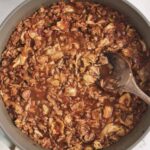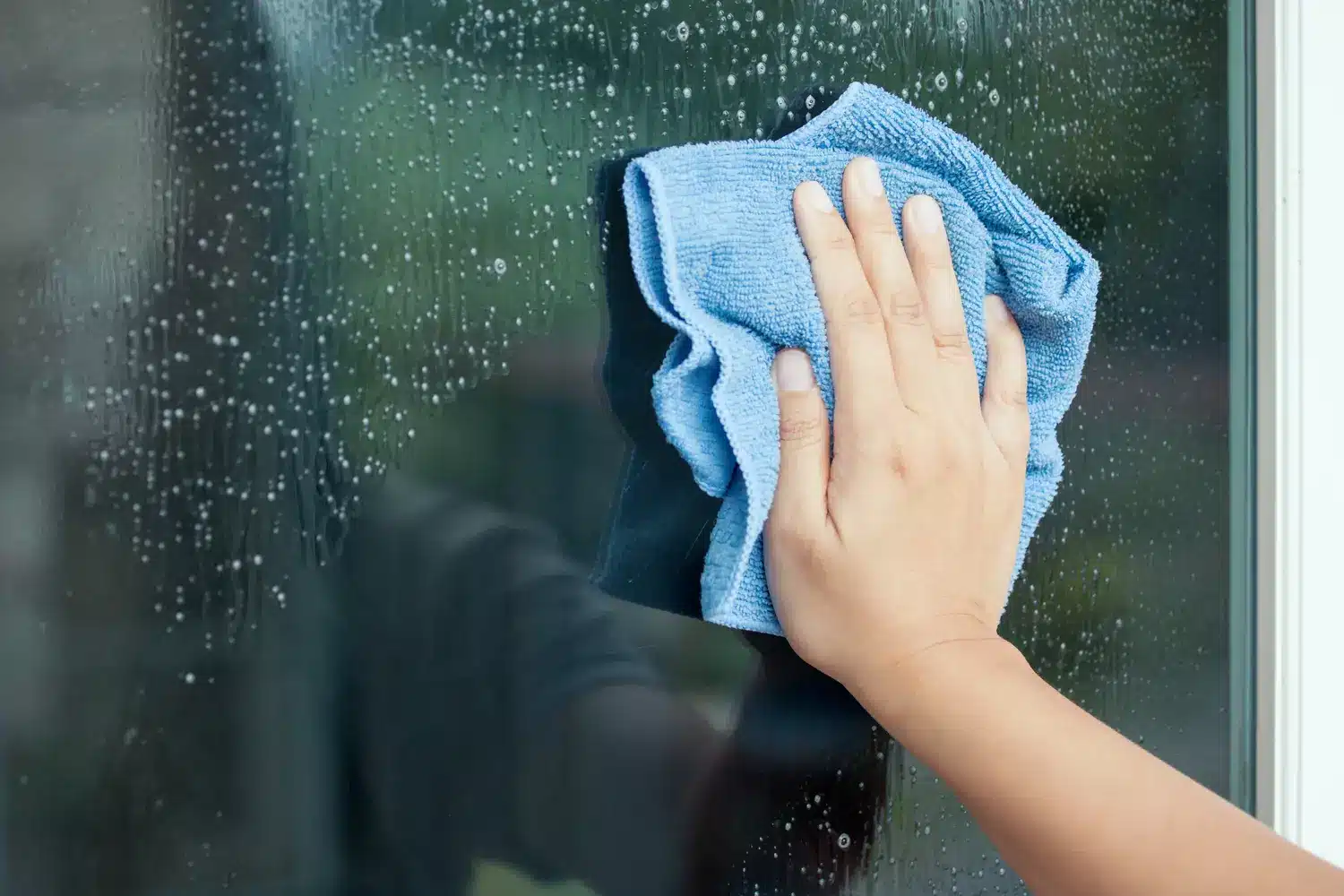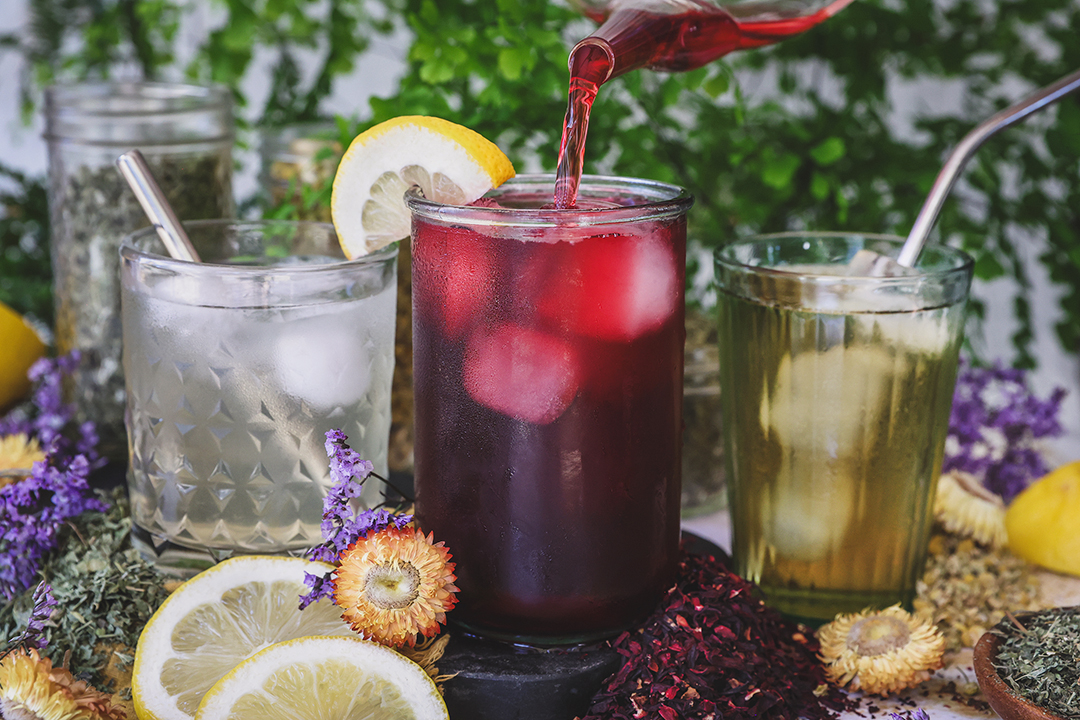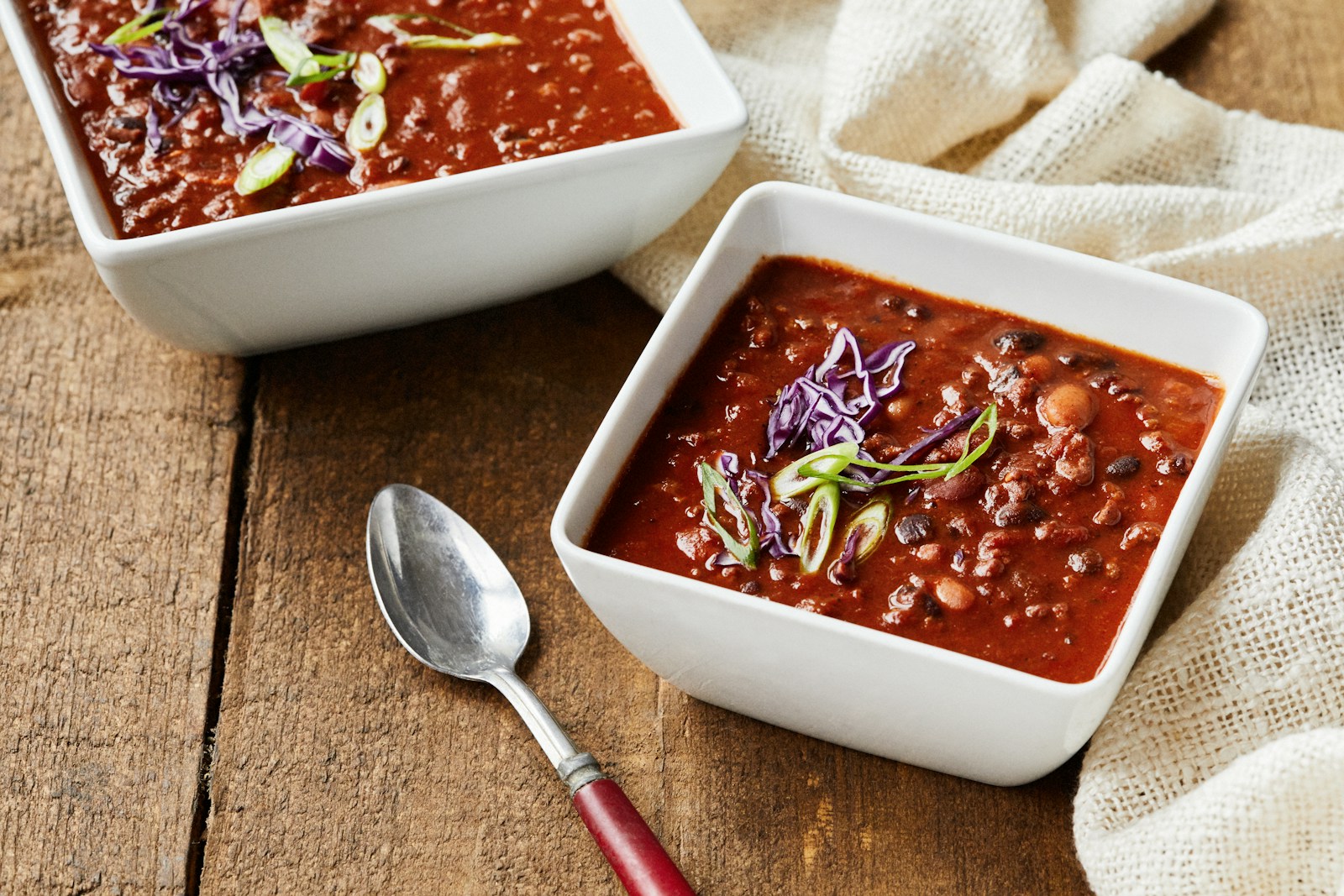Window cleaning becomes effortless with a simple ingredient that transforms this tedious chore into a quick task. Professional cleaners have long relied on glycerin to achieve streak-free results that last for months. This natural compound creates an invisible protective layer on glass surfaces, repelling dust and water spots while maintaining crystal clarity throughout the winter season.
The secret lies in glycerin’s unique molecular structure, which forms a microscopic barrier on windows. This protective film prevents dirt particles from adhering strongly to the glass surface. Rain droplets slide off more easily, leaving fewer water marks behind. The result is a self-maintaining window system that requires minimal effort from homeowners.
Why autumn cleaning delivers superior window results
October presents the ideal conditions for window maintenance, offering several advantages over other seasons. Cool temperatures prevent cleaning solutions from evaporating too quickly, eliminating the rushed feeling that often accompanies summer window cleaning. The absence of intense sunlight reduces the risk of streaking, while moderate humidity levels help cleaning products work more effectively.
Cloudy autumn days provide perfect lighting conditions for spotting missed areas and ensuring complete coverage. Unlike bright summer afternoons that can blind homeowners to imperfections, overcast skies reveal every streak and smudge. This natural lighting advantage makes autumn the professional window cleaner’s preferred season for achieving flawless results.
Weather stability during fall months offers extended working windows without sudden rain showers interrupting the cleaning process. October’s predictable patterns allow homeowners to plan their cleaning sessions with confidence. The mild temperatures also prevent the glycerin solution from freezing or becoming too viscous, maintaining optimal application consistency.
Preparing windows before winter’s harsh conditions arrive protects the glass from accumulated grime and ice damage. Clean windows allow maximum sunlight penetration during shorter daylight hours, improving indoor lighting naturally. This preparation reduces the need for frequent cleaning throughout the cold months, appealing especially to those who prefer minimal maintenance routines.
The glycerin advantage for lazy cleaners
Glycerin’s protective properties make it an exceptional choice for time-conscious homeowners seeking long-lasting results. This natural humectant, commonly found in skincare products, transfers its protective qualities to glass surfaces. A single application can maintain window clarity for up to two months under normal conditions, dramatically reducing cleaning frequency.
The compound’s emollient nature creates a smooth surface that dust particles cannot grip effectively. Traditional cleaning methods remove dirt but leave microscopic irregularities that attract new particles quickly. Glycerin fills these tiny imperfections, creating a uniform surface that stays cleaner longer. This scientific approach to window maintenance revolutionizes household cleaning routines.
Cost-effectiveness represents another significant advantage of glycerin-based window cleaning. A standard 250ml bottle costs only a few dollars at pharmacies or grocery stores, providing enough product for numerous applications. Commercial window cleaning products often cost significantly more while delivering inferior long-term results. The economic benefits multiply when considering reduced cleaning frequency and eliminated need for expensive specialized products.
Just as removing stubborn stains requires specific techniques, window cleaning benefits from understanding proper product application. Professional cleaners who tackle challenging tasks like removing brown stains and limescale from toilets appreciate glycerin’s versatility in various cleaning applications.
Step-by-step glycerin window cleaning method
The glycerin cleaning process requires minimal equipment and delivers maximum results with proper technique. Gather lukewarm water, vegetable glycerin, clean microfiber cloths, and optionally a spray bottle for larger surfaces. The preparation phase takes less than five minutes, making this method accessible even for the busiest homeowners.
Creating the perfect cleaning solution involves precise measurements for optimal effectiveness. Mix two to three drops of vegetable glycerin into one liter of lukewarm water, stirring gently to ensure complete dissolution. Too much glycerin can leave residue, while too little reduces the protective benefits. This ratio provides the ideal balance between cleaning power and long-term protection.
Application technique determines the final result quality and durability. Follow these essential steps for professional-grade outcomes :
- Apply the glycerin solution using a spray bottle or dampened microfiber cloth
- Work from top to bottom in smooth, overlapping strokes
- Allow the solution to sit for 30 seconds maximum to prevent sticking
- Buff with a completely dry microfiber cloth to remove any traces
- Inspect the surface under natural light for missed spots
Timing plays a crucial role in achieving streak-free results. The 30-second waiting period allows glycerin to bond with the glass surface without becoming tacky. Exceeding this timeframe can create stubborn residue requiring additional cleaning. Proper timing ensures the protective layer forms correctly while maintaining crystal clarity.
Different surfaces around the home require similar attention to cleaning techniques. Those familiar with removing water stains from wood understand that prevention often proves more effective than correction, making glycerin’s protective properties invaluable for window maintenance.
Maximizing effectiveness and troubleshooting common issues
Pre-cleaning heavily soiled windows ensures optimal glycerin adhesion and maximum protective benefits. Standard cleaning removes accumulated dirt, grease, and previous cleaning product residues that could interfere with glycerin bonding. This preliminary step, while requiring extra effort initially, significantly improves long-term results and extends the protection period.
Environmental factors can affect glycerin performance and longevity. Coastal areas with salt air may require more frequent applications, while urban environments with heavy pollution might reduce effectiveness duration. Understanding local conditions helps homeowners adjust their cleaning schedules accordingly while maintaining consistently clean windows.
Common application mistakes include using too much pressure during cleaning or applying excessive glycerin quantities. Gentle techniques prevent damage to the protective layer while ensuring even coverage. Professional cleaning standards emphasize light touch and proper tool selection for optimal results across various surface types.
Regular maintenance items throughout the home benefit from similar careful attention to technique. Homeowners who master delicate tasks like cleaning wicker furniture or handling sensitive materials such as removing nail polish from clothes appreciate glycerin’s gentle yet effective cleaning properties.
Quality control measures ensure consistent results with each application. Natural lighting inspection reveals any missed areas or uneven coverage that could compromise the protective layer. Professional cleaners recommend checking windows from both indoor and outdoor perspectives to identify potential issues before they become problematic.










